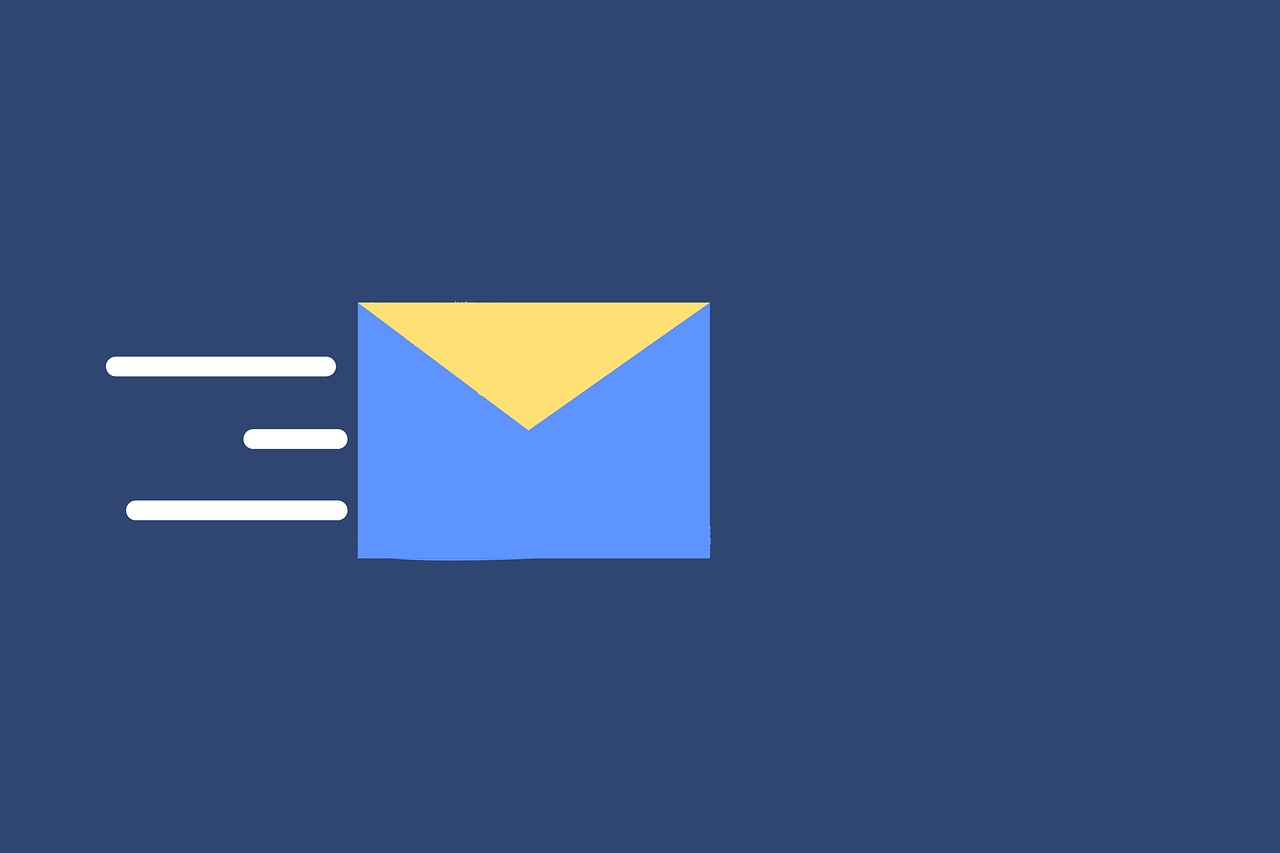Introduction
Running a successful B2B email campaign requires more than just sending out mass emails to a list of contacts. It involves strategic planning, crafting personalized messages, and continuous optimization. Whether you’re new to email marketing or looking to enhance your existing efforts, these email campaign tips for B2B email lists will help you boost engagement, improve deliverability, and maximize your return on investment (ROI).
Why Email Campaigns Matter in B2B Marketing
Email campaigns remain one of the most effective tools for B2B marketing. They allow you to reach your audience directly, build relationships, and drive conversions. With the right approach, email campaigns can yield high ROI, making them an essential component of your overall marketing strategy. However, to achieve success, it’s crucial to follow best practices and continuously refine your techniques.
Top Tips for Running Successful B2B Email Campaigns
1. Segment Your Email Lists
Segmentation is key to delivering relevant content to your audience. Divide your B2B email lists into segments based on factors such as industry, job title, company size, and past interactions. This allows you to tailor your messages to each group’s specific needs and preferences, resulting in higher engagement and better response rates.
2. Craft Compelling Subject Lines
Your subject line is the first thing recipients see, and it plays a crucial role in whether they open your email. Craft subject lines that are concise, clear, and compelling. Use action-oriented language, personalize where possible, and create a sense of urgency or curiosity to encourage opens.
3. Personalize Your Content
Personalization goes beyond just using the recipient’s name. Tailor your content to the specific interests and needs of each segment. Include relevant industry insights, solutions to common pain points, and offers that resonate with your audience. The more personalized your content, the more likely recipients are to engage.
4. Optimize for Mobile
A significant portion of emails is now opened on mobile devices, making mobile optimization essential. Ensure your emails are responsive, with easy-to-read text, properly sized images, and clear calls-to-action (CTAs). Test your emails across different devices to ensure a seamless experience for all recipients.
5. Include Clear and Compelling CTAs
Your call-to-action (CTA) is what drives recipients to take the next step, whether it’s downloading a resource, scheduling a demo, or making a purchase. Use clear, actionable language in your CTAs and make them stand out visually. Place them prominently in your email, and consider using multiple CTAs if appropriate.
6. Test and Optimize Your Campaigns
Continuous testing and optimization are crucial for improving your email campaigns over time. Use A/B testing to experiment with different subject lines, content, and CTAs. Analyze the results to see what works best and refine your strategy accordingly. Regular testing helps you stay ahead of trends and maximize your campaign’s effectiveness.
7. Monitor Key Metrics
Keep a close eye on key email marketing metrics such as open rates, click-through rates, conversion rates, and unsubscribe rates. These metrics provide valuable insights into how your campaigns are performing and where there’s room for improvement. Use this data to make informed decisions and optimize future campaigns.
8. Ensure GDPR Compliance
Compliance with data protection regulations like GDPR is critical in B2B email marketing. Ensure that your email lists consist of contacts who have opted in to receive communications from you. Provide clear opt-out options and respect recipients’ privacy preferences. Non-compliance can lead to legal issues and damage your reputation.
FAQs About B2B Email Campaigns
Q: How often should I send emails to my B2B list?
A: The frequency of your email campaigns depends on your audience and the nature of your content. However, it’s important to strike a balance between staying top-of-mind and not overwhelming your recipients. Sending 1-2 emails per week is generally a good starting point, but adjust based on your audience’s response.
Q: What types of content work best in B2B email campaigns?
A: Content that provides value to your recipients works best in B2B email campaigns. This includes industry insights, case studies, whitepapers, webinars, product updates, and personalized offers. Focus on addressing your audience’s pain points and providing solutions that help them achieve their goals.
Q: How can I improve my email deliverability rates?
A: To improve deliverability, maintain a clean email list by regularly removing invalid or unengaged contacts. Use double opt-in to confirm subscribers’ intent, and avoid spammy language in your subject lines and content. Additionally, monitor your sender reputation and use a reputable email service provider.
Q: Should I use plain text or HTML emails for B2B campaigns?
A: Both plain text and HTML emails have their advantages. HTML emails allow for more visual appeal and branding opportunities, while plain text emails often feel more personal and less promotional. Consider your audience’s preferences and test both formats to see which performs better.
Q: What’s the best time to send B2B emails?
A: The best time to send B2B emails can vary depending on your audience. However, studies often suggest that Tuesday and Thursday mornings are optimal times for sending B2B emails. Test different days and times to find what works best for your specific audience.
Conclusion
Running successful B2B email campaigns requires a strategic approach, from segmentation and personalization to testing and optimization. By following these tips, you can create campaigns that resonate with your audience, drive engagement, and deliver measurable results. Remember to continuously monitor your campaigns, make data-driven decisions, and adapt to the evolving needs of your recipients.




